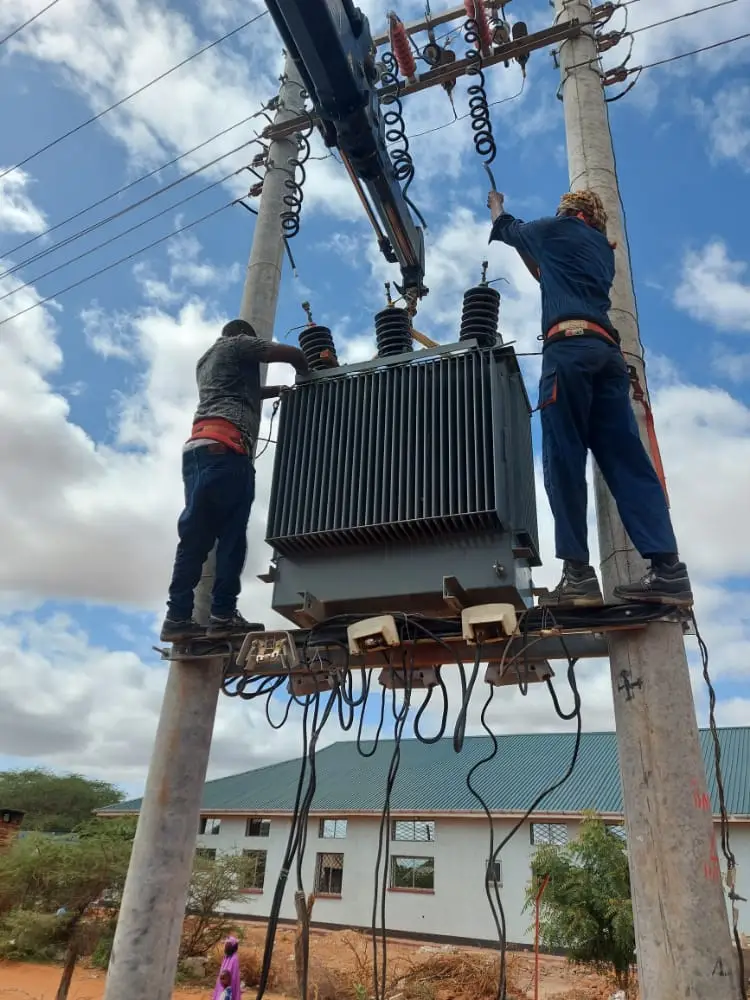The Kenyan government has linked the country’s rising electricity demand to industrial growth, pledging to boost generation capacity to keep pace. Energy Principal Secretary Alex Wachira said demand has been growing by 100 to 120 megawatts (MW) annually, necessitating urgent expansion of renewable energy sources.
Speaking during a visit to the rehabilitated Olkaria I Geothermal Power Plant, Wachira noted that the government aims to add 63MW to the national grid from Olkaria I by next year. Initially producing 45MW, the plant is undergoing upgrades to increase its output, with the project now 76 percent complete.
The expansion drive comes days after the Cabinet approved the construction of Olkaria VII, expected to supply an additional 80.3MW upon commissioning in September 2026. Wachira revealed that the government is also developing Olkaria VI and seeking geothermal opportunities in Suswa and Silali.
“In the coming years, we are bringing on board cheaper, cleaner energy, which will lower electricity bills and protect our environment,” he said.
Beyond Olkaria, the government is working to harness 70MW from the Menengai geothermal project as part of its plan to phase out thermal power by 2030. However, Wachira acknowledged funding challenges, saying the state is engaging financiers to support construction of the new plants.
The PS also expressed concern over vandalism of electricity infrastructure, particularly transformers, which has disrupted power transmission in several regions. He urged security agencies to intensify crackdowns on perpetrators to protect installations.
“We are having serious cases of vandalism across the country and will continue our vigilance to ensure our power assets remain secure,” he added.
Kenya is a global leader in geothermal energy production, with Olkaria serving as a flagship project. The government’s current strategy aims to capitalize on this advantage to meet growing industrial and household power needs sustainably.
By prioritizing geothermal expansion, authorities hope to ensure reliable electricity supply, attract investment, and reduce reliance on costly and polluting thermal generation. If successful, the shift could bolster Kenya’s competitiveness in manufacturing while advancing its climate change commitments.

